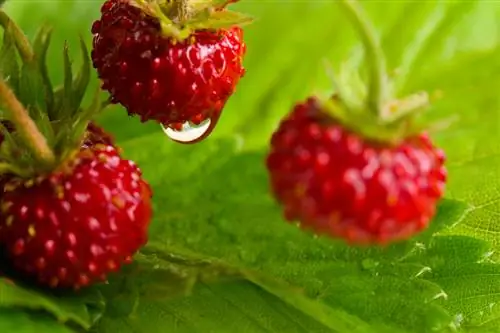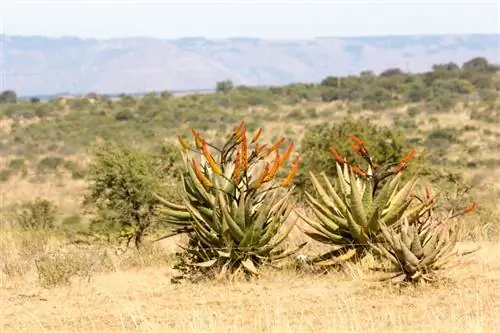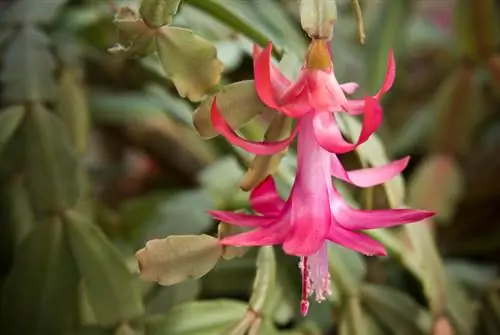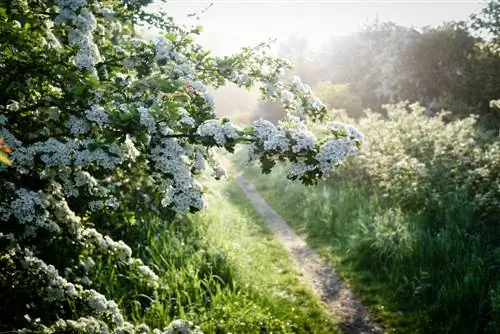- Author admin [email protected].
- Public 2023-12-16 16:46.
- Last modified 2025-01-23 11:19.
No, it is not a cultivated form of the local wild strawberry. The popular garden strawberry has a rather eventful origin. How the paradisiacal fruit found its way to us and further facts can be discovered here.
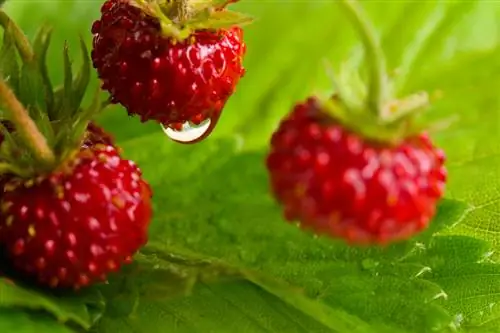
Where does the garden strawberry come from?
The garden strawberry was created by crossing the scarlet strawberry and the Chile strawberry in the 18th century. It originally comes from America and has since developed into over 1,000 different varieties that are now planted in gardens and on balconies.
Parent species come from America
When French settlers discovered the scarlet strawberry with its huge fruits on the banks of the St. Lawrence River in the 18th century, the native wild strawberry had already been known to our ancestors for thousands of years. However, our current cultivated strawberry only achieved the status of 'Queen of Berries' after a resourceful Dutch breeder succeeded in crossing the scarlet strawberry with the Chilean strawberry in a unique way in 1750. He aptly named the result 'Pineapple-Strawberry'.
All modern strawberries that are now enthusiastically planted in the garden and on the balcony came to us from overseas. Breeders have now created more than 1,000 strawberry varieties, of which only a small proportion are available on supermarket shelves. It is therefore hardly surprising that ambitious hobby gardeners devote themselves to growing old varieties and other fascinating experiments.
Local wild strawberries establish monthly strawberries
Despite its tiny fruits, the wild strawberry still found its way into hobby gardens. The monthly strawberries that emerge from it score points with a variety of interesting attributes, such as growth in partially shaded locations or tireless flower and fruit development. Due to their native origin, monthly strawberries are much more robust and sometimes thrive for several years. They impress with a diverse variety of varieties that are in no way inferior to cultivated strawberries:
- 'Golden Alexandria' with golden foliage
- 'White Sole Maker', the variety with the white fruits
- 'Multiplex', an ornamental monthly strawberry with double flowers
- ‘Monophylla’ presents a single, large leaf, instead of the typical tripartite leaf
Tips & Tricks
Since the monthly strawberry usually does not develop runners, it is ideal for planting along the edges of beds and paths. Here she brings her multi-faceted attributes into play in two ways. The decoration is ensured by the continuous flowering throughout the summer. At the same time, the constant fruit garnish provides refreshing vitamins for tired hobby gardeners to snack on.

